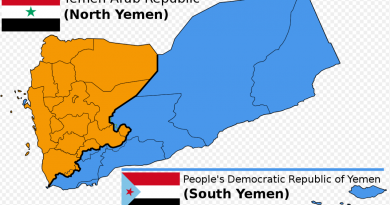Indonesia Faces New Protests
Staff Writer
Avery Kachmarsky
On August 25, protests sprung up throughout Indonesia after reports were released detailing increased salaries for parliament members, at a time when many Indonesians face adversity and poverty. According to The Associated Press, in addition to their regular salaries, the members were given an increase of 50 million rupiah, or $3,075, per month for housing costs. The large disparity between Parliament salaries and wages for Indonesian citizens, as well as general issues of inequality, led to several days of protest.
Days later, on August 29, protests grew more violent after the death of a delivery driver became public. During confrontations between the police and students protesting, a police vehicle from Indonesia’s Mobile Brigade Corps reportedly struck the driver and continued its path, per The Associated Press. Upon hearing the news, protesters marched to police headquarters in Jakarta, the nation’s capital, where they started fires and set off fireworks, demanding accountability and retaliating against the police’s use of tear gas and other crowd suppression efforts.
After acknowledging the tragic error committed, members of the Mobile Brigade Corps who were involved with the vehicular death were suspended for weeks by the Inspector General of the National Police, as reported by BBC News. Furthermore, Subianto Prabowo, the president of Indonesia, publicly commented on the tragedy and offered his condolences and financial support to the driver’s family. Despite these efforts, the protests continue as Indonesians have yet to see real change regarding their employment opportunities, wages, and overall quality of life.
President Prabowo recently visited China for the nation’s military parade, an event symbolizing the power of the modern Chinese state and the anniversary of Japan’s surrender in World War II, as reported by Al Jazeera. Before his visit, the Indonesian government decided to end the bonuses for parliament members, but currently, the root issues for the uprisings and protests have not been directly mentioned, nor has any initiatives been proposed by the president. A large portion of protesters are still outraged by the government’s blanketed words, without actions, towards Indonesians. The Indonesian military has also been called into cities to prevent violence and decrease the number of protesters.
According to Reuters, the nation’s youth and particularly university students, support democratic reforms in Indonesia, emphasizing the need for all Indonesians to be heard and have an equal voice in government. During these recent protests, university campuses and nearby areas staged large protests, combining student and non-student protesters. As protests died down, evidence of police action against protesters were found on campuses. Despite measures taken by authorities, students in Indonesia continue to advocate for change.
This current wave of protests in Indonesia is reminiscent of protests that arose in 2024, where Indonesians took to the streets to fight against corrupt government leadership. Months after the current president was elected in February of 2024, protests about human rights and fair elections were met with violent force, as stated by Amnesty International. Reports of torture and politically motivated murders also led to protests, along with inadequate economic reforms and programs to alleviate Indonesians of poverty.
Without a commitment to reform within Indonesia’s security and economic sectors, and an end to violence against activists and protestors, Indonesia may experience more unrest as protestors continue to demand that the government address the needs of its people.
Image courtesy of Getty Images.


